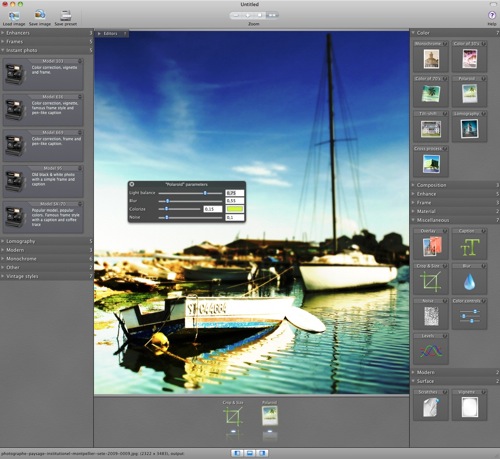

I had a well working 元+, then by mistake flashed it with D3 firmware (instead of different ASIC device. Let me know if you need any help.Ībsolutely the same stuff I'm having now with my 元+ too. Hmmmz I'm afraid you need to flash them by hand on the board itself. Nov 21 10:01:48 (none) local0.notice cgminer: Chain 3 ASIC 0 !!! Nov 21 10:01:48 (none) local0.notice cgminer: Chain 2 ASIC 0 !!! Nov 21 10:01:48 (none) local0.notice cgminer: Chain 1 ASIC 0 !!! Nov 21 10:01:48 (none) local0.notice cgminer: Chain 0 ASIC 0 !!! Nov 21 10:01:46 (none) local0.notice cgminer: Need to recheck asic num !!! Nov 21 10:01:46 (none) local0.notice cgminer: Chain 3 ASIC 0 !!! Nov 21 10:01:46 (none) local0.notice cgminer: Chain 2 ASIC 0 !!! Nov 21 10:01:46 (none) local0.notice cgminer: Chain 1 ASIC 0 !!! Nov 21 10:01:46 (none) local0.notice cgminer: Chain 0 ASIC 0 !!! Nov 21 10:01:44 (none) local0.notice cgminer: send cmd to get chip address Nov 21 10:01:44 (none) local0.notice cgminer: open device over Nov 21 10:01:43 (none) local0.notice cgminer: tty_init 3 Nov 21 10:01:43 (none) local0.notice cgminer: tty_init 2 Nov 21 10:01:43 (none) local0.notice cgminer: tty_init 1 Nov 21 10:01:43 (none) local0.notice cgminer: Start A New Asic Response.Chain Id: Nov 21 10:01:43 (none) local0.notice cgminer: tty_init 0 Nov 21 10:01:43 (none) local0.notice cgminer: in tty_init Nov 21 10:01:33 (none) local0.notice cgminer: i2c init ok Nov 21 10:01:33 (none) local0.notice cgminer: detect total chain num 4 Nov 21 10:01:33 (none) local0.notice cgminer: detected at /sys/class/gpio/gpio44/value chain 3 Nov 21 10:01:33 (none) local0.notice cgminer: detected at /sys/class/gpio/gpio47/value chain 2 Nov 21 10:01:33 (none) local0.notice cgminer: detected at /sys/class/gpio/gpio48/value chain 1 Nov 21 10:01:33 (none) local0.notice cgminer: detected at /sys/class/gpio/gpio51/value chain 0 The firmware to copy on SD seem to be designed for S series, i start from it and flash 元+ firmware, flash was ok but still no hashboards and same error in kernel after According to Tech Target, "Cache memory operates between 10 to 100 times faster than RAM, requiring only a few nanoseconds to respond to a CPU request.!!!!Restart1 detect asic addr!!! It is also the closest to where the central processing occurs, being a part of the CPU itself. The CPU cache stands at the top of this hierarchy, being the fastest. Lastly, the CPU has even faster memory units within itself, known as the CPU memory cache.Ĭomputer memory has a hierarchy based on its operational speed. Your computer and its programs use RAM to store frequently accessed data, helping keep actions on your computer nice and fast. This is much faster than the primary storage but is only a short-term storage medium. Next up, we have "random access memory," commonly known as RAM. Primary storage, like a hard disk or SSD, stores the bulk of the data-the operating system and programs. Now, your computer has multiple types of memory inside it. The system memory at the time (RAM) couldn't cope with or match the increasing CPU speeds, so a new type of ultra-fast memory was born: CPU cache memory. However, during the 1980s, processor speeds began to increase-rapidly. In the early days of computing, processor speed and memory speed were low. Put simply, a CPU memory cache is just a really fast type of memory. So, exactly how important is CPU cache, and how does it work? What Is CPU Cache Memory?


 0 kommentar(er)
0 kommentar(er)
